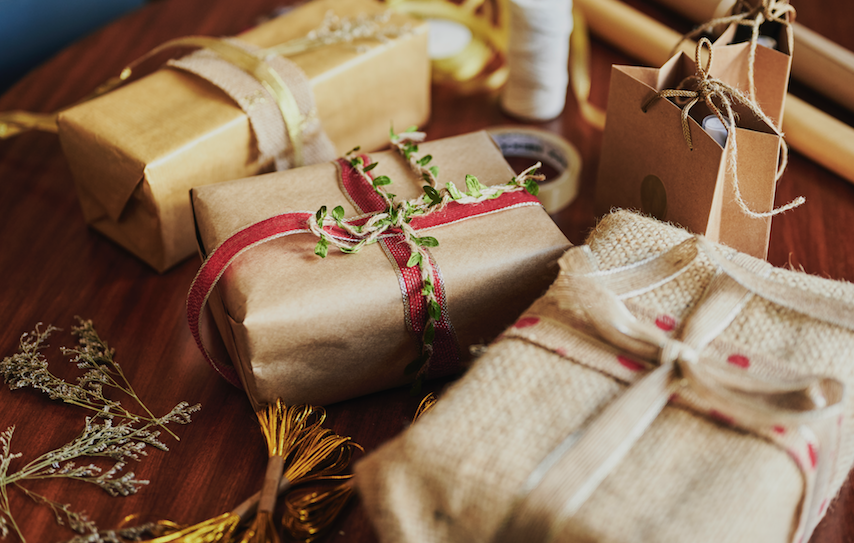Green tinsel abounds, but that doesn’t mean our festive activities are especially green or considerate of the environment. There are a few easy tips for an eco-friendly Christmas that are often easier and more affordable, though. Here are some ideas:
Gift experiences
Consider purchasing experiences for loved ones in place of physical gifts. There are a bounty of great deals on experiences from spa days to boat trips; hotel stays to quad biking. Add memories instead of clutter.
Repurpose surplus
Food waste increases drastically around the festive season as we toss out the food that hung out in the fridge for too long in the growing collection of leftovers. Consider giving it to those in need, packaging leftovers in disposable or reusable containers, either in your community or through organisations that do outreach with underprivileged communities.
Wrap consciously
Many wrapping papers are made from weak, cheap fibres that cannot be recycled. The dyeing, printing, laminating, and materials like glitter also mean the used paper brings chemicals and plastics into landfills.
You can instead try fabric (like a scarf, doubling up as wrapping and another gift) or plain white or brown paper – in fact, it’s a wonderful activity with kids to decorate the plain paper with handprints or drawings to make your own wrapping paper. You can also spruce it up by adding herbs or flowers with a string or ribbon.
Request charity donations instead of gifts
Ask loved ones to donate to an organisation or cause of your choice instead of gifting you with trinkets and objects this year.
Get festive with veggies
Your Christmas dinner can help or hinder environmentally friendly efforts just by including more vegetables. One serving of meat is linked to 20 times more greenhouse gas emissions than one serving of vegetables; that plate of meat of will also require 100 times more land to produce than vegetables, according to this study.
There are plenty of festive veggie-friendly recipes to reduce your impact on the environment this year. Visit Food&Home for ideas if you’re stuck.
Skip tinfoil and clingwrap
Leftovers are one of the best parts of the festive season. There’s nothing like a fridge bursting with delicious bits and pieces of a festive feast, but tinfoil and clingwrap are positively damaging to the environment. Tinfoil production is an environmentally damaging process. Both tinfoil and clingwrap end up in landfills, taking 400 and 1000 years to biodegrade.
Instead, choose reusable, washable beeswax wraps instead, and invest in reusable Tupperware and glassware with sealable lids.
DIY Christmas crackers (with less plastic junk inside)
You can DIY your own Christmas crackers (we’ve got a guide for that here). You can fill them with personalised gifts and trinkets that won’t simply add to the junk drawer of plastic things in someone else’s house.
DIY, indigenous and waste-free decor
Christmas decor made from indigenous plants? Yes, please! Our December issue of Garden&Home has the low down. Get creative with the indigenous plants in your own garden, or create popular DIY decorations like garlands of dried orange or origami stars made of newspaper.
And remember, the most sustainable decorations you have are the ones you already have at home! So repurpose, take care of them, and think outside the box.
ALSO SEE:
Feature Image: Getty Images

